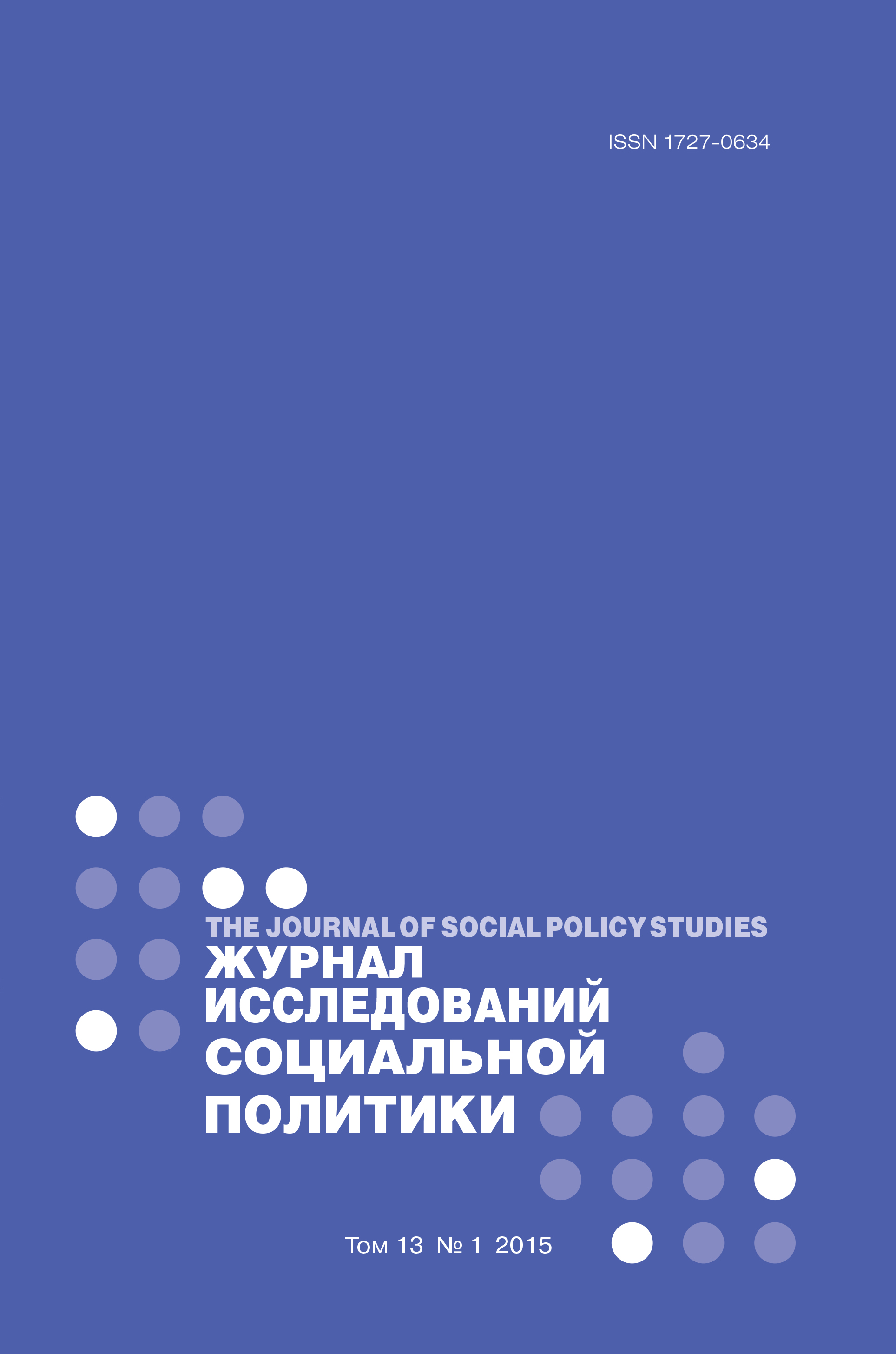The Process of Othering in Discourse: a Case of Subordination of or Disengagement from the Other?
Abstract
There are many examples in the history of western culture of how groups are perceived as the ‘Other’; something that is strange, unwanted, alien or threatening to social order. There are different groups in modern society that can be attributed as Other, examples include ethnic and sexual minorities, people with disabilities, migrants and the poor. As the result of certain cultural policies that divide the social space into a ‘center’ and a ‘periphery’, these groups appear as objects of subordination and are polarized into categories of "us" and "them". As such, the status of those at the center are increased by reducing the status of the ‘Other’, which is relegated to the periphery.
The problem of the differentiation, separation and isolation as groups of Others within Russian society is particularly relevant for the sphere of school education. Despite the proclaimed principles of inclusion, there is still a strong tradition of creating special classes and schools that actually have a lower status because of their otherness. Such segregation intensifies inequality and exclusion of vulnerable groups, further alienating them both in terms of social interaction and in discourse. The discursive reflection of this process can be revealed through an examination of the Russian media.
The present article addresses the how otherness (othering) is produced in modern Russian cinema discourse, with a case study of the film "Class correction" of 2014, which was directed by I.Tverdovskyy. This article looks to provide an overview of discursive mechanisms that can lead to objectification and subordination as ‘Others’. The article begins by highlighting the main ways of understanding othering, which is based principally on the systematization of theoretical and empirical studies. This includes describing strategies and techniques for representing the Other and providing a list of steps and signs indicating how othering is processed in discourse. This reveals the following aspects: 1) opposition (using binary categories), 2) distancing (strengthening borders), 3) building a hierarchy (hierarhization) and 4) the submission and destruction of the Other. Next, the developed theoretical and methodological scheme was applied to provide an analysis of how otherness is represented in the film in question. In summary, the following othering mechanisms were identified: stereotyping, objectification, marginalization, shaming, feminization, exotization, and coping strategies as: charismatization, subjectification, dehierarhization and the use of humor, parody and protest.















